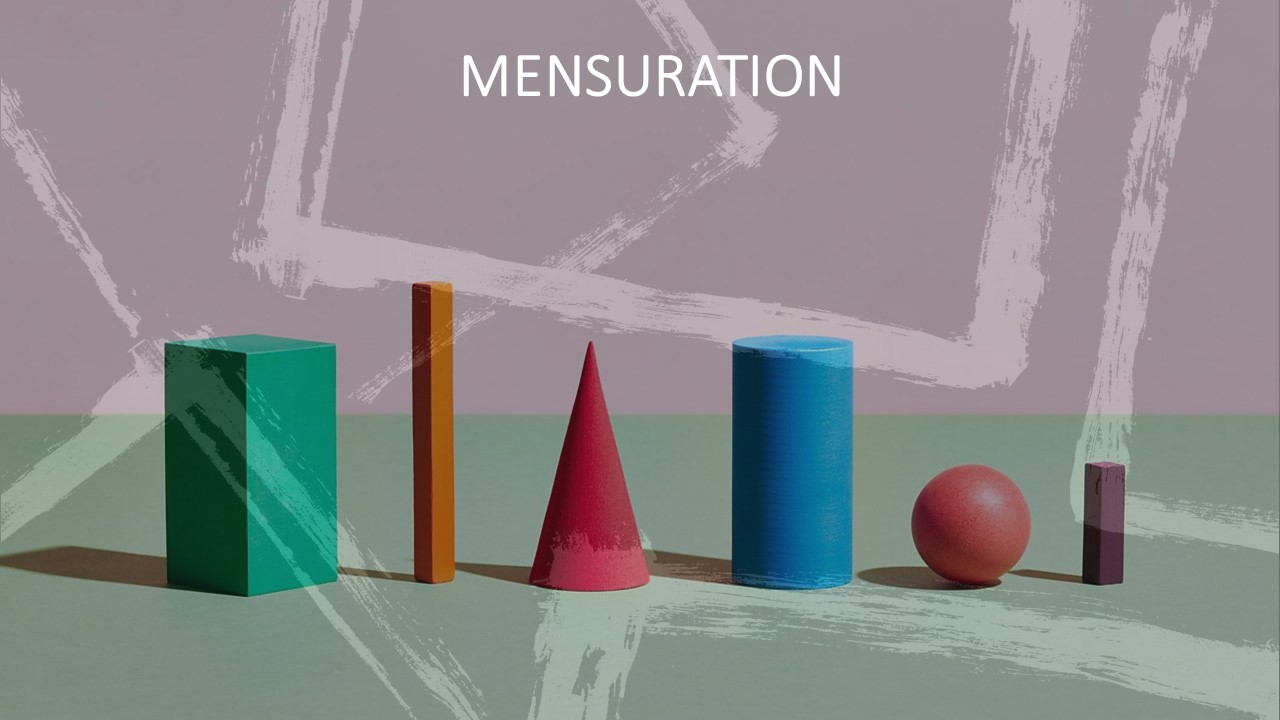Description
Area of Trapezium and a Polygon
The main components of a triangle’s area are the base and height of the triangle. The base of a triangle can be any side. The height of a triangle is the length of the triangle’s altitude drawn to the chosen base.
The altitude of a triangle is the line a through a vertex which is perpendicular to the opposite side of the triangle.
We can also calculate the area of a triangle without knowing its base and height and given only 3 sides.
Heron, a Greek Engineer and Mathematician in 10 – 70 AD devised a formula to find the area of a triangle by requiring no arbitrary choice of side as base or vertex as origin, contrary to other formulas for the area of a triangle, such as half the base times the height or half the norm of a cross product of two sides.
In this section we will learn the deduction of areas of the following figures
Area and perimeter of a triangle | Circumference and Area of a Circle
Surface Area, Volume, and Capacity
Volume and Capacity.
Volume is the quantity of three-dimensional space enclosed by a closed surface, for example, the space that a substance (solid, liquid, gas, or plasma) or shape occupies or contains. Volume is often quantified numerically using the SI derived unit, the cubic metre.
Capacity is the measure of an object’s ability to hold a substance, like a solid, a liquid or a gas. It can be measured in almost every other unit, including liters, gallons, pounds, etc.
Free
Free
Free access this course
-
LevelIntermediate
-
Last UpdatedMarch 23, 2022
-
CertificateYes
Hi, Welcome back!
Material Includes
-
Live Interactive classes with in-class doubt solving
-
Weekly Test and Quiz with instant tracking for progress
-
Revision of the course after testing
-
Fortnightly Parents and Tutor interactions
-
Expert monitoring of student's learning progress
-
Daily communication over call, whatsapp and mail
-
3 hours on-demand video
-
4 downloadable resources
-
Access for entire Academic Year
-
Access on mobile and Desktop
-
Assignments and review of the same
-
Tests and Correction by Board paper checkers
-
Certificate of completion and Live tracking with Grade book
Course Duration:
0
Course level:Intermediate
Enrolled:0
About Course
In this section will learn the following chapters:
1.AREA OF TRAPEZIUM AND POLYGON
2.SURFACE AREA VOLUME AND CAPACITY
Course Curriculum
AREA OF TRAPEZIUM AND POLYGON
-
04:40
-
00:00
-
01:51
-
24:35
-
01:26
-
01:31
VOLUME AND AREA OF SOLIDS
-
02:49
-
11:53
-
00:52
-
00:43
-
00:00
Student Ratings & Reviews

No Review Yet


